Pilgrims, Puritans and vast numbers of helpless turkeys will be remembered today across the United States as Thanksgiving is celebrated. Traditionally it is actually a feast in which thanks is given to the Lord for the harvest. Thoughts are also with the brave Pilgrim Fathers who ventured across the ocean aboard creaking ships such as the Mayflower to seek a better life in the New World.
Many, admittedly, were pushed, having been convicted of some crime or other, including the theft of bread or far more seriously, of belonging to the wrong Church. As with any great happening when humans are involved, there are conflicting versions about how it all began and most importantly, when this symbolic meal was first shared.
George Washington did declare November 26th, 1789 as the first Thanksgiving Day but industrious Puritans had beaten him to it, in 1621, when the settlers marked their first harvest in the New World with a supper which lasted three days as 90 Native Americans and 53 pilgrims ate together in peace – ironic in hindsight.
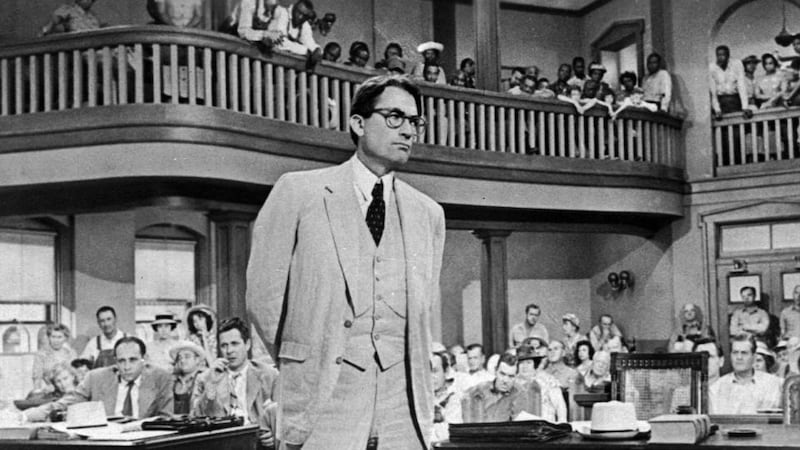
It must be said that a traditional Thanksgiving meal, now wholly American, is sublime fare indeed and the only known drawback to being a vegetarian… As we have come to see from the world of the movies, when American films are good, they are very, very good; the same applies to fiction. The finest American novels stand equal to the best in the world, in any language. It is also worth remarking here that this selection confined to novels, does not consider another art form Americans have mastered; the short story.

1. Canada (2012) by Richard Ford
No one ever insisted that contenders for the Great American Novel had to be called America.
Richard Ford’s masterpiece – and masterpiece it is – is narrated by Dell who, now a retired teacher and still attempting to make sense of it all, looks back 50 years to his boyhood which was destroyed when his wayward dreamer of a father, together with the boy’s cynical and defiant mother, decided to rob a bank.
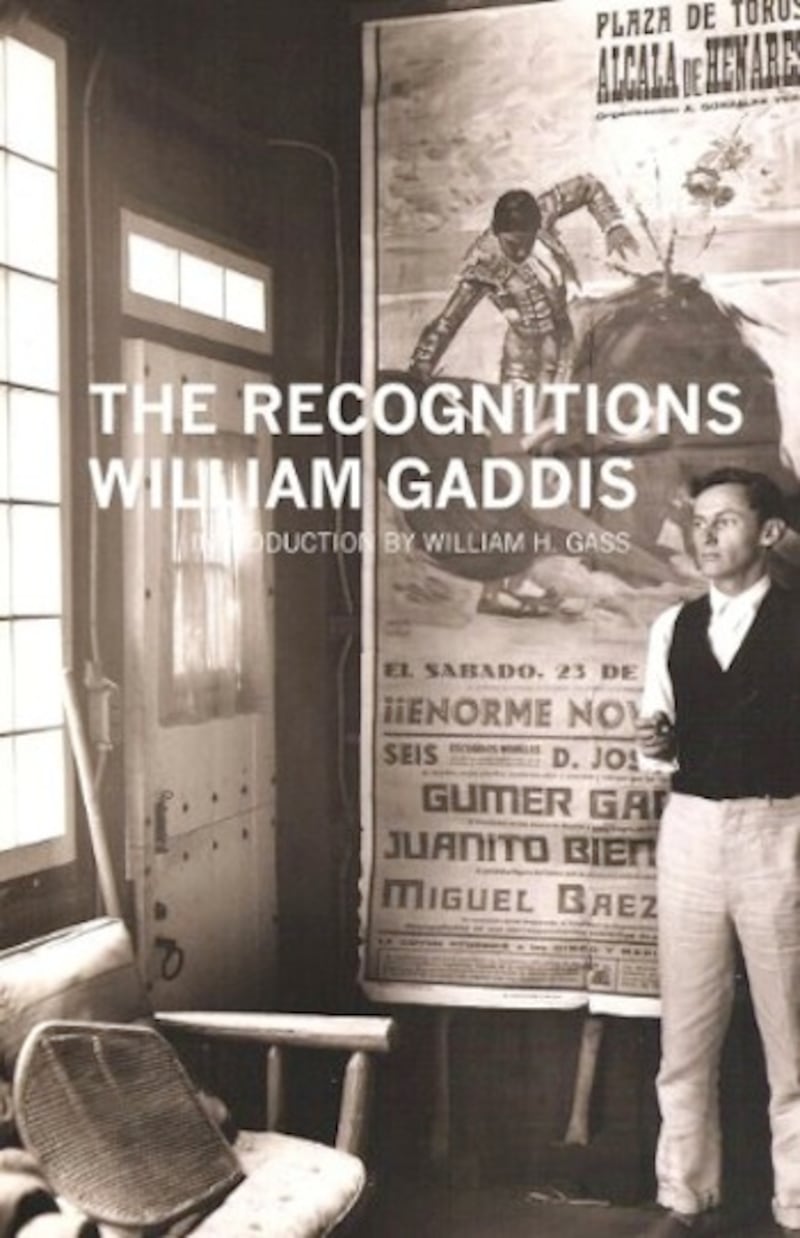
2. The Recognitions (1955) by William Gaddis
Set in the hothouse art scenes of New York, Paris and Spain, this is a European novel of ideas written by an American seer concerned with the impossibility and implausibility of originality in art or even in thought. Wyatt Gwyon, the troubled young painter of genius, has become a forger because it pays better. There is nothing complacent about him: he is exasperated. Another of the characters, Otto, shares this and recalls a story he once heard about a forged Titian that had been painted over an older worthless painting beneath which there was a real Titian. Dialogue-driven, overwhelmingly ambitious and populated by opinionated characters, this crazy quest of a novel is also unexpectedly spiritual. Before the emergence of Thomas Pynchon, William Gaddis had already struck. If The Recognitions seems intimidating, Carpenter’s Gothic (1986), in which Paul, a traumatised Vietnam veteran turned PR guru, plots to launch a hick preacher as a media star, is a good first encounter with one of America’s most daring literary stylists.
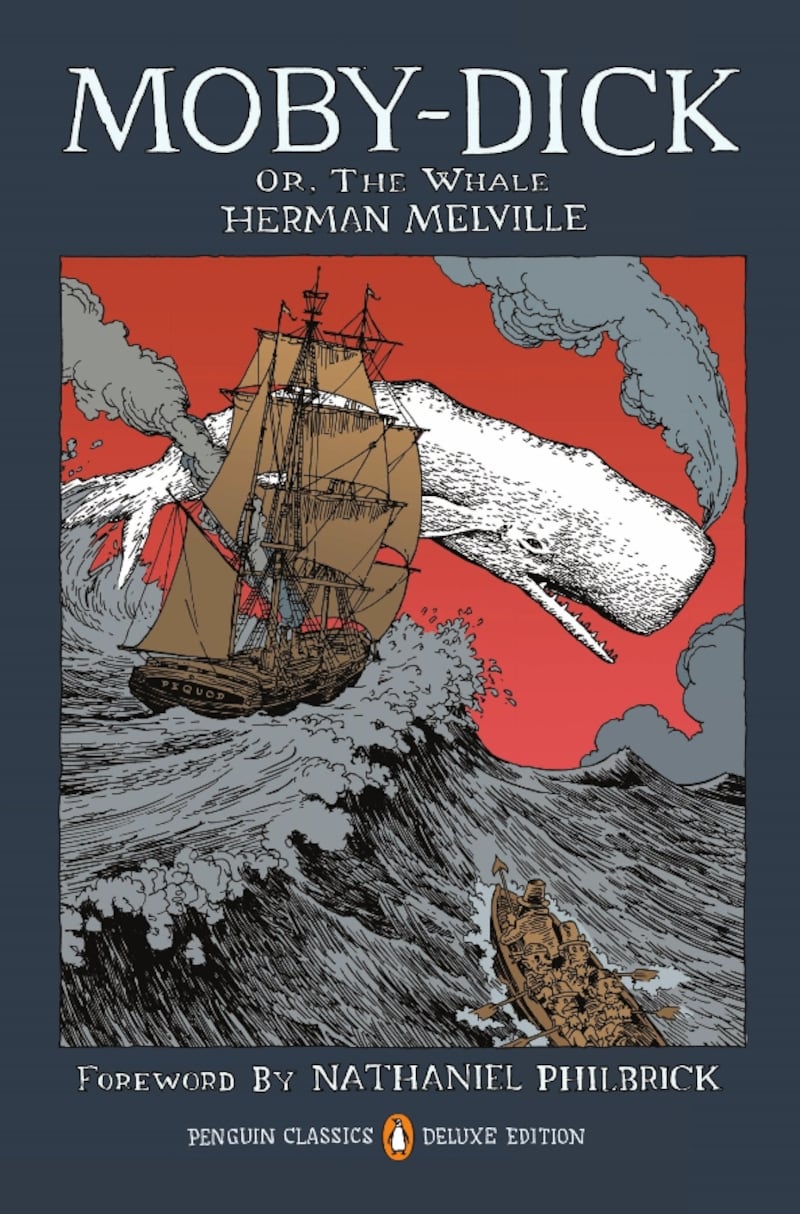
3. Moby-Dick (1851) by Herman Melville
The search for the Great American Novel effectively begins and ends here with this, the pioneering handbook of Modernism. Melville dedicated it to the genius of his friend Nathaniel Hawthorne and in a huge, shimmering, seething treasure trove of originality drew on his own experiences aboard a whaling ship and latched it all together with the able support of the Bible, Shakespeare, Milton, anecdote, fishing lore, the intimate secrets of the whale, brilliant set pieces, humour and unforgettable characters, many of them based on individuals he met along the way.
The great Moby-Dick himself was inspired by a real life albino killer whale that terrorised the seas for more than 20 years, rampaging through the water festooned with the harpoons of hapless victims. At the heart of the tale is Captain Ahab’s demented pursuit of the gigantic thief that stole his leg, but Moby-Dick, daringly executed in a variety of styles, is a European novel of ideas – ancient, modern, encyclopaedic – that was tragically dismissed in Melville’s lifetime. He was to live another 40 years after its publication. In short it is the American Renaissance which critic FO Matthiessen set out to define in his classic 1941 textual study of the same name. Admirers of Gaddis and Pynchon – and of course James Joyce – need to begin here.

4. Beloved (1987) by Toni Morrison
Fury and grace sustain Morrison’s lamentation about the “sixty million and more” to whom the novel is dedicated. This is the story of the black Americans who endured hell and savagery in the darkest chapter of American history.
The prose seethes with intent. For all the beauty of the writing, this is no performance. Through this novel Morrison, the most genial individual one could hope to meet, made America confront it. It helped win her the Nobel Prize for Literature.
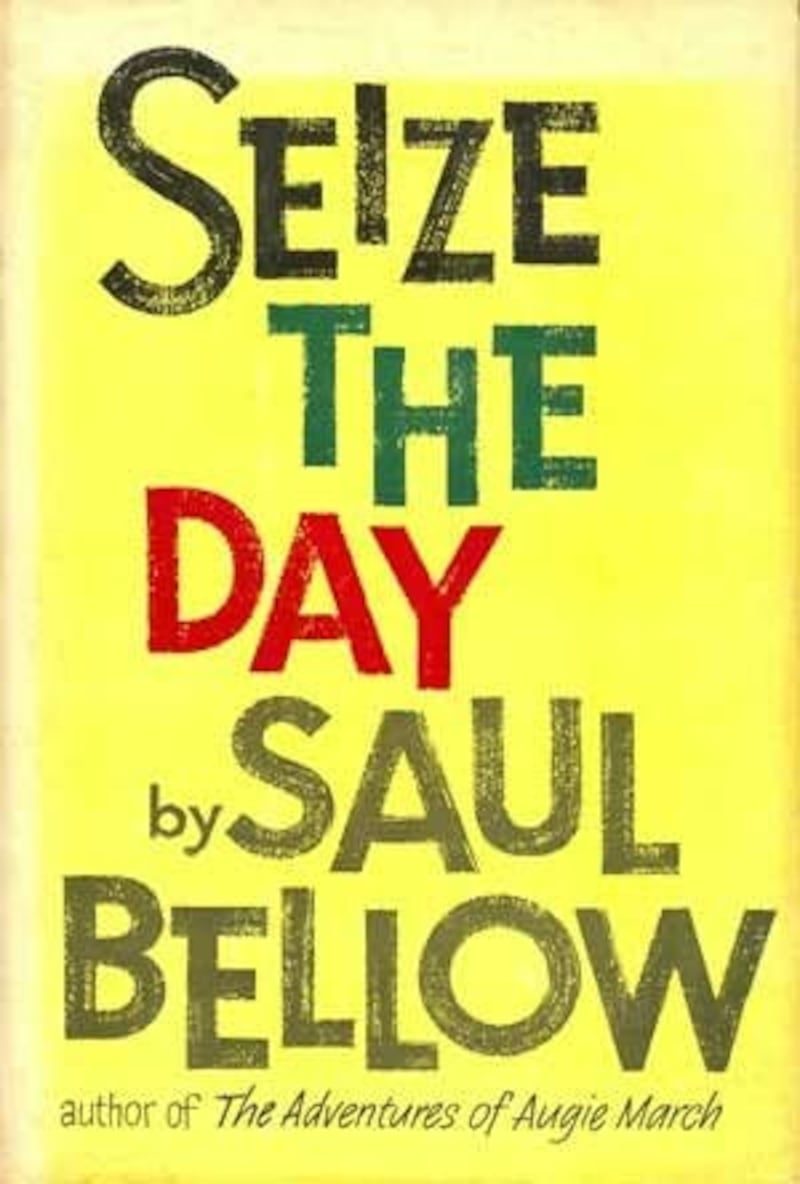
5. Seize the Day (1956) by Saul Bellow
At the close of this early work, and one of his most powerful achievements, Bellow reveals true humanity in the characterisation of Tommy Wilhelm who, having wandered into a chapel in which a funeral service is in progress, begins to cry.
“It must be somebody real close to carry on so,” a voice is overheard saying. But Tommy is weeping for himself. Fast forward some 30 years, to 1987, and Bellow, by then a Nobel literature laureate and among the most revered writers in the English-speaking world, wrote More Die of Heartbreak.

6. Stoner (1965) by John Williams
In the early 20th century a farmer’s son is despatched to college to study agriculture. Instead he discovers Shakespeare, Sonnet 73 and it changes his life. He switches to literature and becomes a teacher.
His quiet life of teaching attempts to counter an unhappy marriage. Everything changes when he discovers love only to have it held against him. This powerful, heartbreaking story about a stoic which shares the subtle, intuitive intelligence of William Maxwell, continues to be rediscovered by readers who once they’ve read it, cannot understand why they had not been aware of it all their lives.
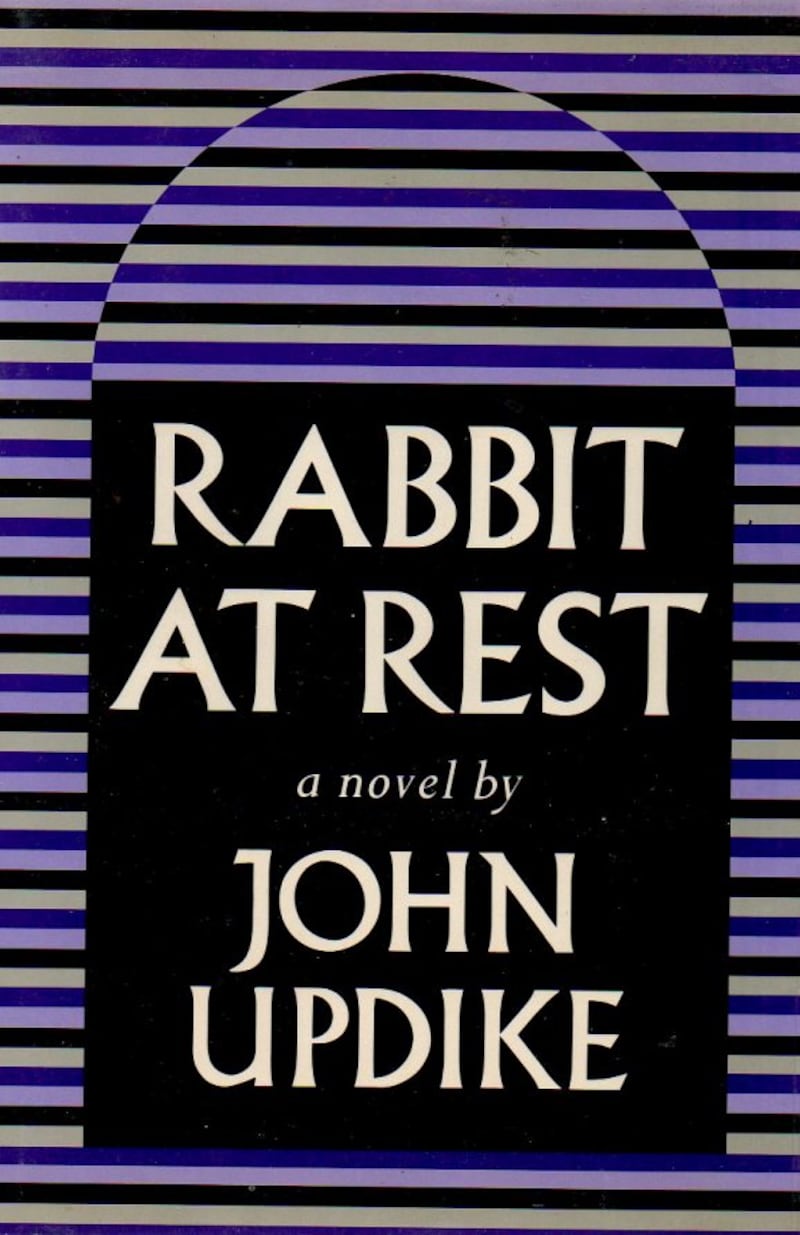
7. Rabbit at Rest (1990) by John Updike
The fourth and last of Updike’s wondrously human saga concerning the life and very messy times of Harry Angstrom played out against the backdrop of American society. In this closing volume, Harry is old enough to notice that his son Nelson is ageing. Harry’s heart is also beginning to falter.
Read as a single volume it is superb and shows the ease and fluidity of Updike’s prose, but read together in sequence with the previous three books, it is a symphony of wit, outrageous behaviour and pathos. Updike could do anything and everything, as the Rabbit quartet proves. It is also worth mentioning Roger’s Version (1986) in which Updike explores his preferred themes of religion, sex and science. Roger Lambert, professor of divinity is one day visited in his office by Dale Kohler, a young computer hacker convinced that scientific evidence of God’s existence is accumulating…

8. Look Homeward, Angel (1929) by Thomas Wolfe
Eugene Gant, son of a stonemason father and a mother determined to protect her large family, sets out to discover himself and America in much the way that Wolfe, another boy from a small town (Ashville, North Carolina) did. Wolfe’s heavily autobiographical novel outraged his neighbours but it made him famous and set him off on a quest to define America.
Dead by the age of 38, this most southern of southern writers had invaded Manhattan and from there explored Europe, particularly Nazi Germany, and practiced a rich, verbose style which is both innocent and knowing.
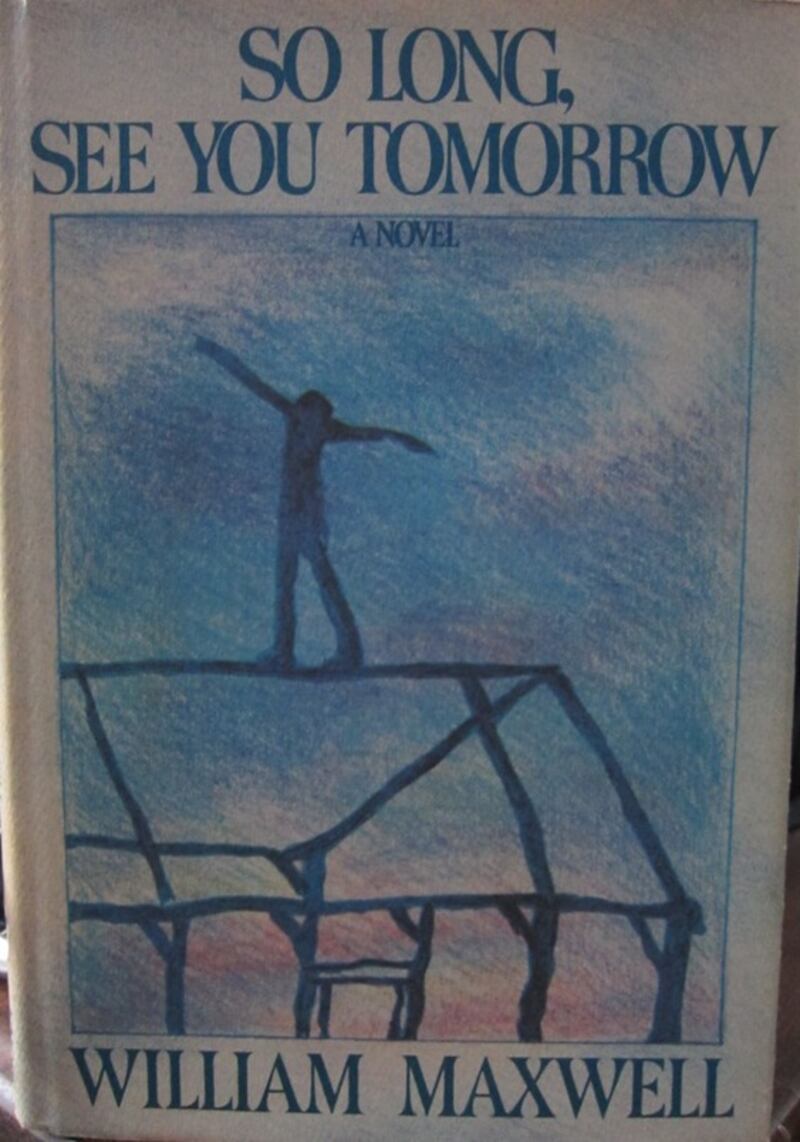
9. So Long, See You Tomorrow (1980) by William Maxwell
Perfection can happen – and it does here. Maxwell, editor to so many gifted New Yorker writers including Frank O’Connor, Maeve Brennan, Eudora Welty, John Cheever (important memo – everyone, read all of Cheever’s stories) and John Updike, was a modest, unassuming man who wrote several fine books and stories.
This short novel is high art and is best described by Richard Ford, who sums it up: “What a model to take on! Easier to bottle the wind.” Its influence on Ford’s Canada is obvious; both works are told by narrators who in old age reflect on boyhood events that shaped their subsequent lives. In Maxwell’s novel, the narrator recalls how his quiet existence with his widower father had been affected by a local crime of passion. The aggrieved husband turned killer was the father of a boy the narrator, a lonely child, used to play with in the half-built house which would become the narrator’s new home. It is a story about death, not just the murder but also the impact the death of the narrator’s mother has on her husband, the narrator’s father.
Memories continue to filter through the narrator’s mind but the one that haunts him is his own failure to acknowledge his friend, the son of the killer, when he sees him in a school corridor: “I saw Cletus Smith coming toward me. It was as if he had risen from the dead. He didn’t speak. I didn’t speak. We just kept on walking until we had passed.”
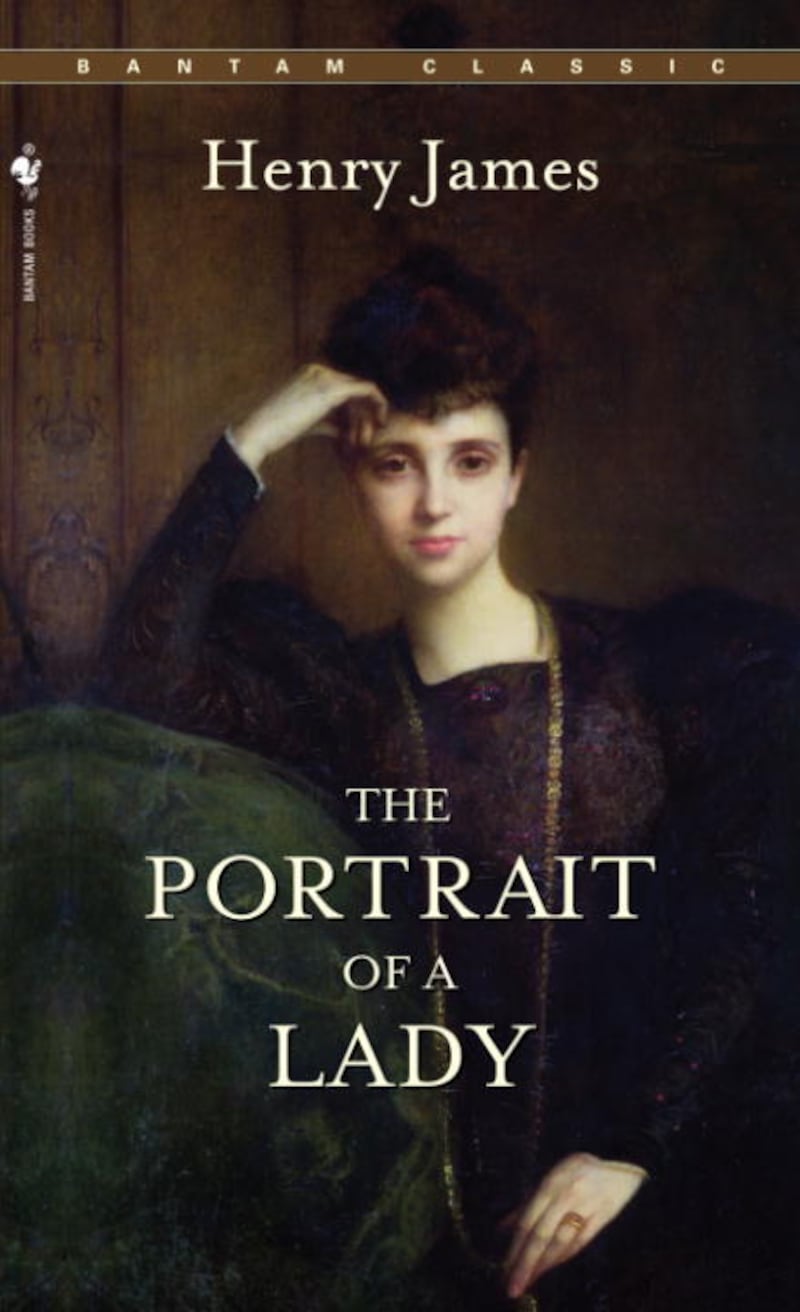
10. The Portrait of a Lady (1881) by Henry James
Isabel Archer, an innocent and idealistic American heiress from the New World, sets for Europe and her destiny, only to be engulfed in the corruption of betrayal on many levels.
There is a sinister architectural splendour about the way in which the master constructs a narrative sustained by extraordinarily ambivalent imagery.
11. The Great Gatsby (1925) by F Scott Fitzgerald
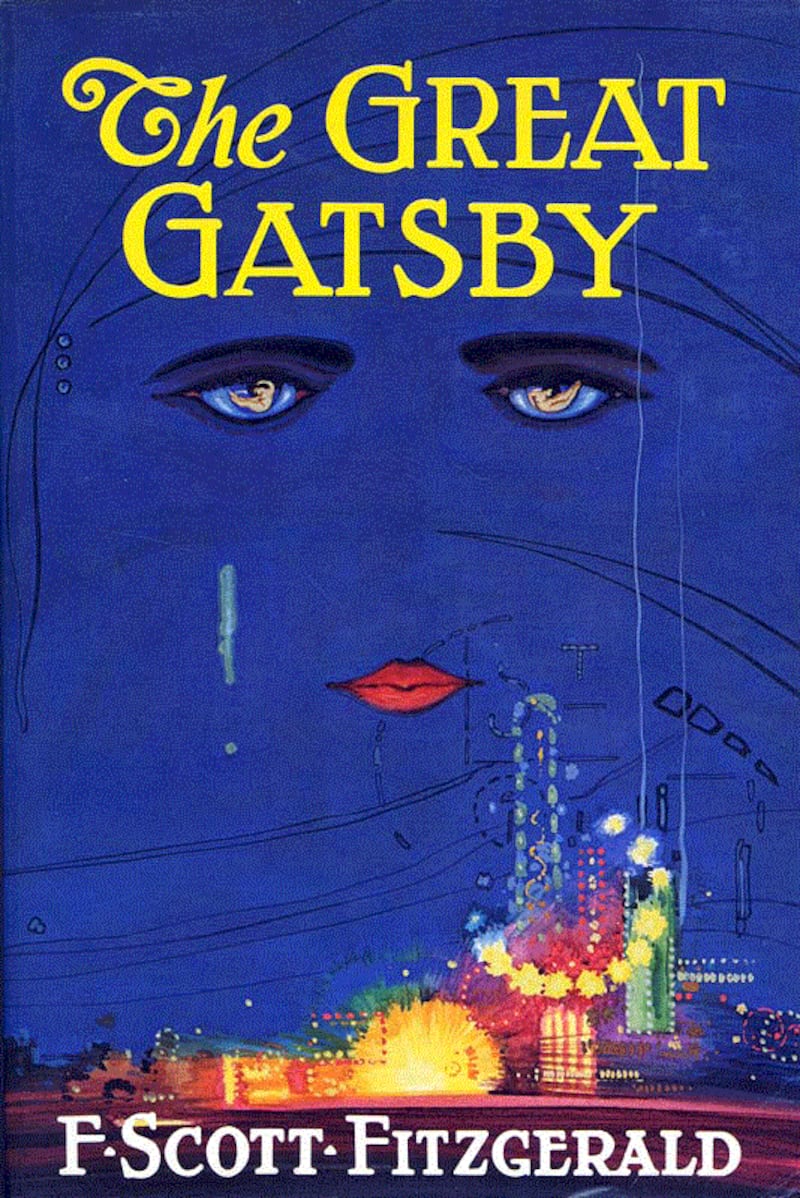
One of the most famous novels ever written, The Great Gatsby is about far more than one man’s deluded pursuit of the girl he once loved and clearly barely knew, it is the elegy of the American Dream.
The prose is inspired, the images with their wasteland symbolism are chillingly exact and, above all, there is the disillusion conveyed by the narrator, Nick Carraway, the bewildered witness who is both intrigued and appalled by the excess and the cruelty. As a parable of innocence corrupted, The Great Gatsby, written by the doomed Fitzgerald at his most inspired, is difficult to surpass.
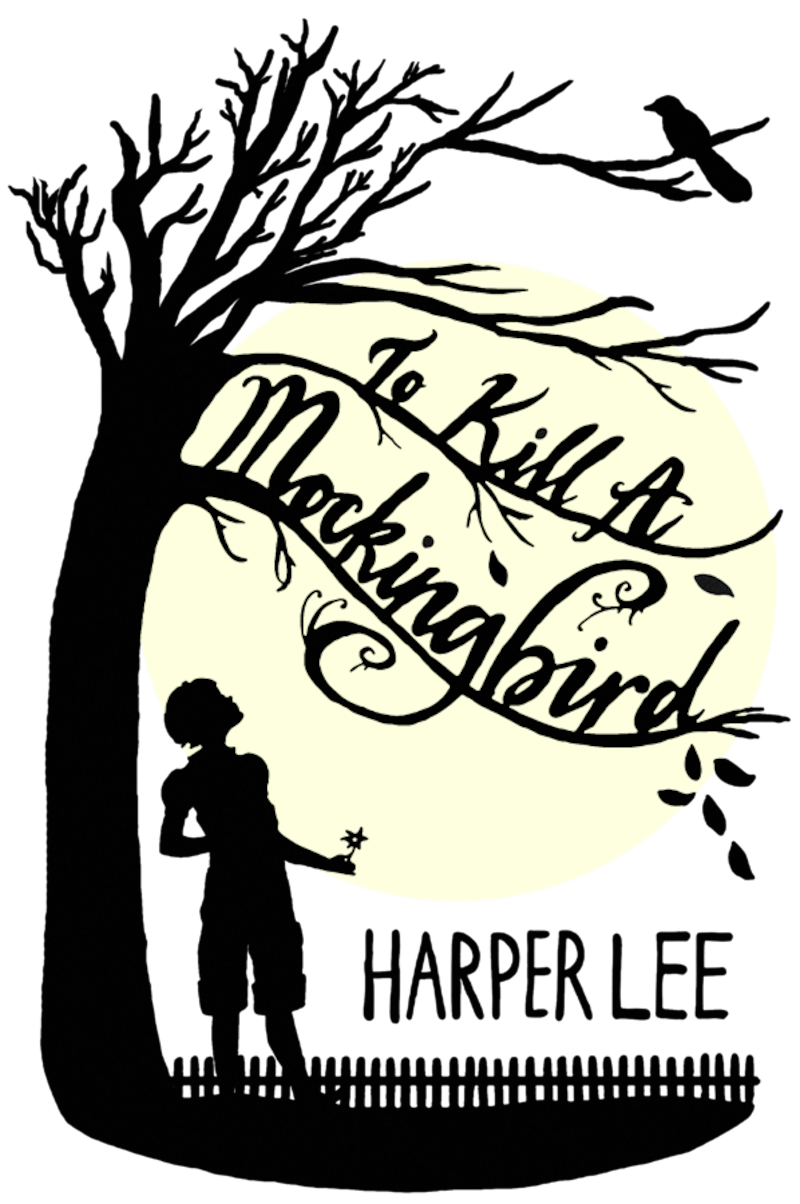
12. To Kill A Mockingbird (1960) by Harper Lee
If you are only going to write one novel, make it as good as this one in which Lee created Scout and captured the unforgettable voice of childhood’s dawning awareness of the unjust adult world.
Set in the South in the 1930s, a black man is wrongly accused of raping a white woman. It is about racism but more than that, it is an astute study of small town bigotry.
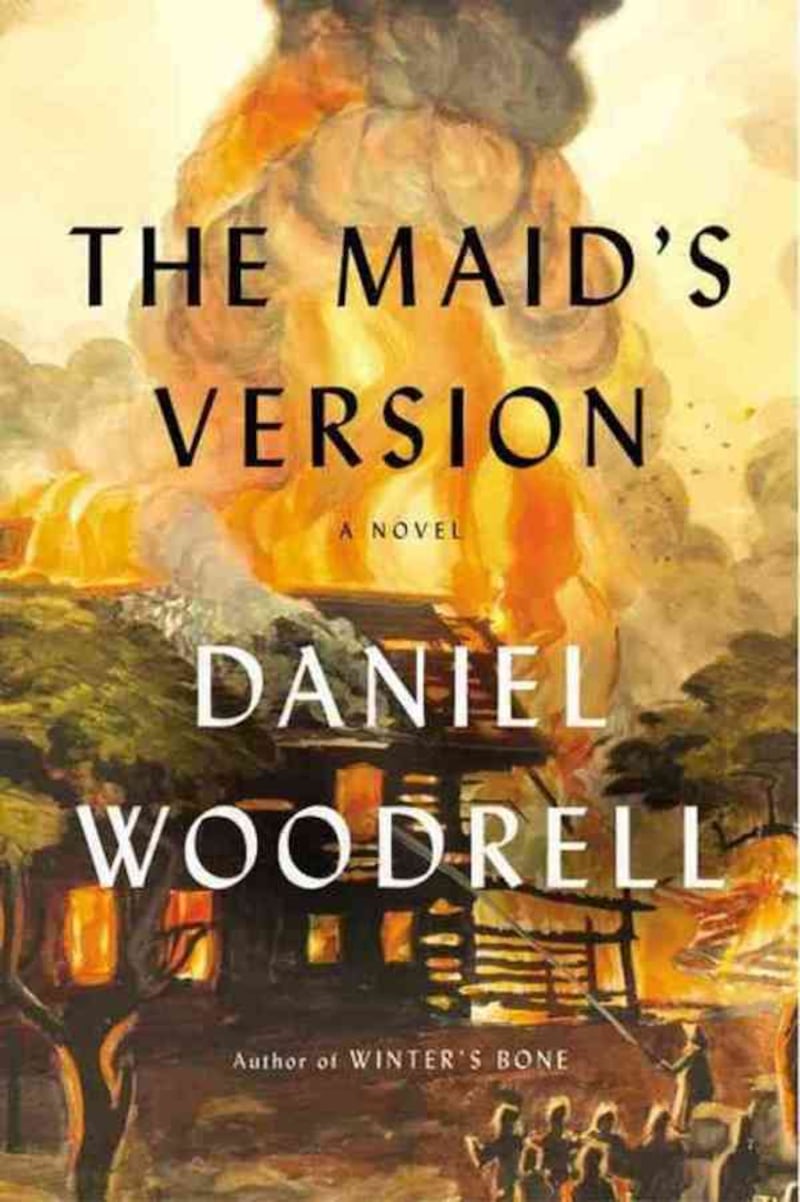
13. The Maid’s Version (2013) by Daniel Woodrell
Longlisted for this year’s International IMPAC Dublin Literary Award and, if the stars are correctly aligned, should win it – this novel is based on a dancehall tragedy that took place in 1929. Woodrell’s narrator is the grandson of Alma, whose wayward younger sister died in a fire that may have been started deliberately by a jilted lover. Dark and menacing, The Maid’s Version looks at small life and its petty resentments. The prose is infused with operatic menace. God as well as a team of demons appear to inhabit the very souls of the townspeople and the smell of the blaze lingers through the pages.
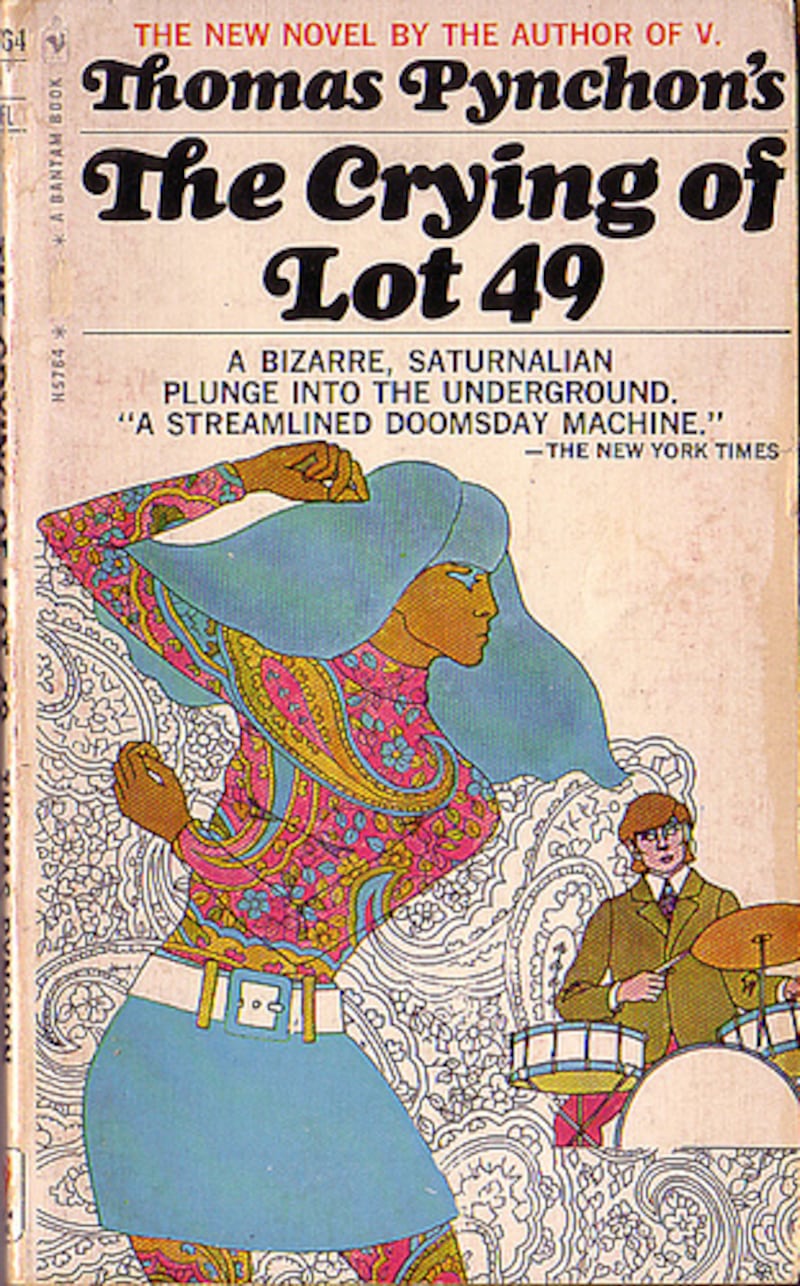
14. The Crying of Lot 49 (1966) by Thomas Pynchon
Our heroine, Oedipa Maas, returns home slightly tipsy from a Tupperware party to learn that she has been named executor – “or should that be executrix?” – of her dead ex-lover’s estate.
It all spins upon a set of postage stamps that may have been issued by an underground postal service. Oedipa means well and she is intent on finding the truth, but no one wants to help her.
Now read on – off-beat postmodernism rarely comes funnier.

15. A Confederacy of Dunces (1980) by John Kennedy Toole
Too clever to live among ordinary humans, Ignatius J Reilly bestrides New Orleans in this manic burlesque which never loses a beat. The tragic irony, though, is that its failure to find a publisher cost Kennedy Toole his life.
After his death his mother battled on and eventually, with the help of novelist Walker Percy, author of The Moviegoer (1960) (another tremendous novel) it was published and won a posthumous Pulitzer Prize.
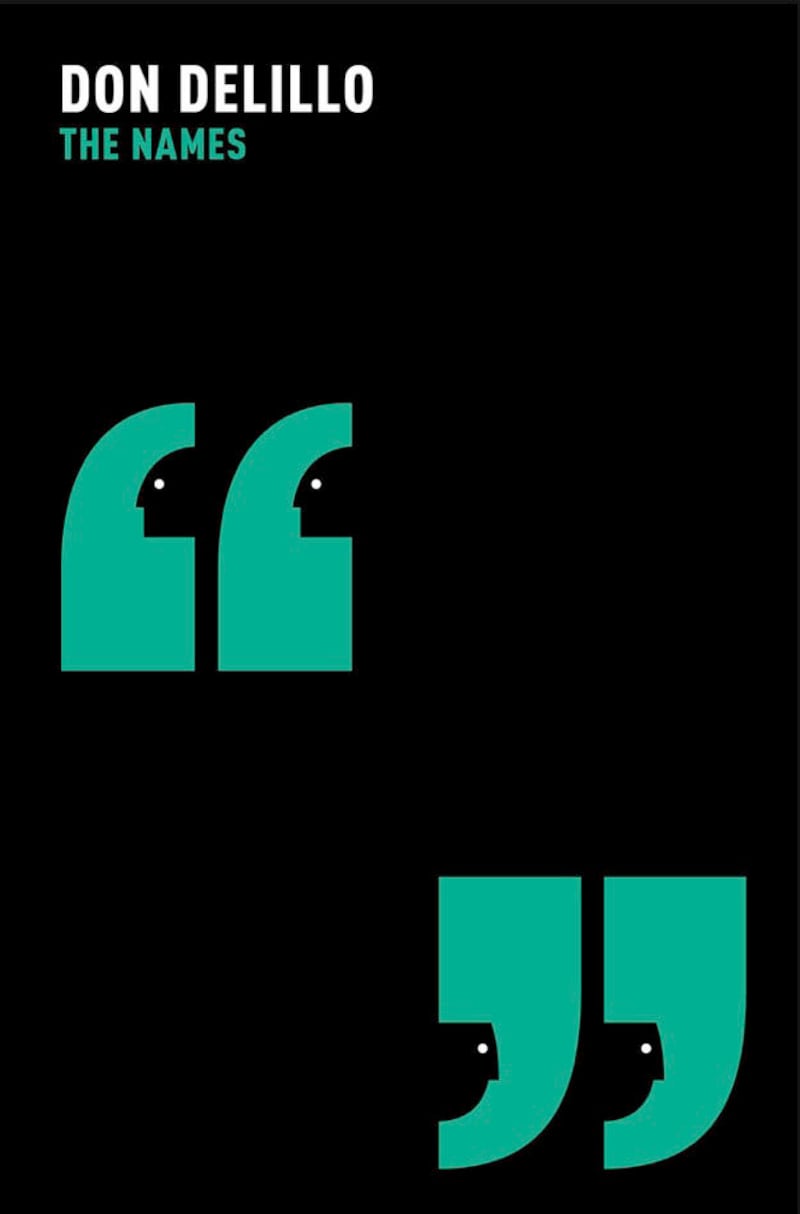
16. The Names by Don DeLillo
Although DeLillo is an acknowledged master through novels such as Underworld (1997), Libra (1998) and Mao II (1991), it is always surprising to note that one of his finest works, The Names (1983), his seventh novel, an extraordinary study of displacement and the inherent problem with language and its meaning, remains consistently overlooked.
Set largely in Greece, it is a sophisticated mystery tour like no other.
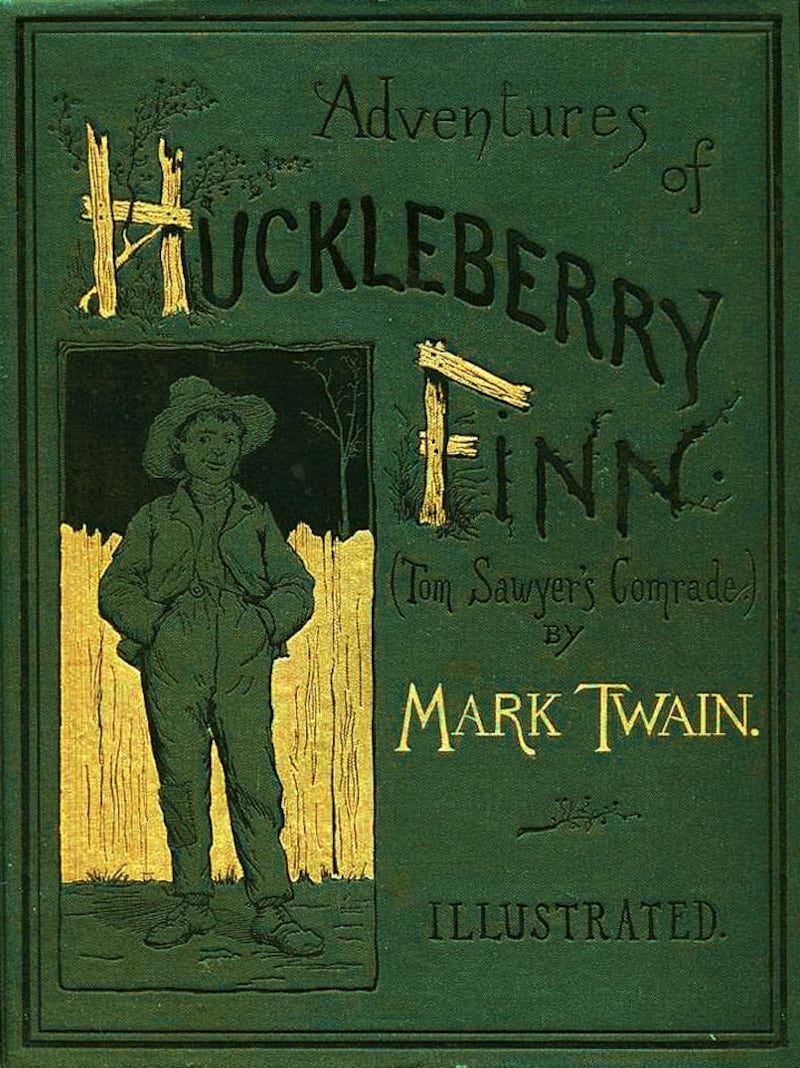
17. Adventures of Huckleberry Finn (1885) by Mark Twain
Half anarchic innocent, half wised-up abused son of a drunkard father, Huck is the consummate American hero. He is a dreamer who takes himself far less seriously than Jay Gatsby and Huck also possesses a sense of justice.
Twain’s endearing polemic is a timeless picaresque as well as a study of a maverick with a flair for lying. It is also even more definitively American than Moby-Dick, which, for all its marvels, is not local, or even regional, and is very much a Victorian novel looking towards European ideas.
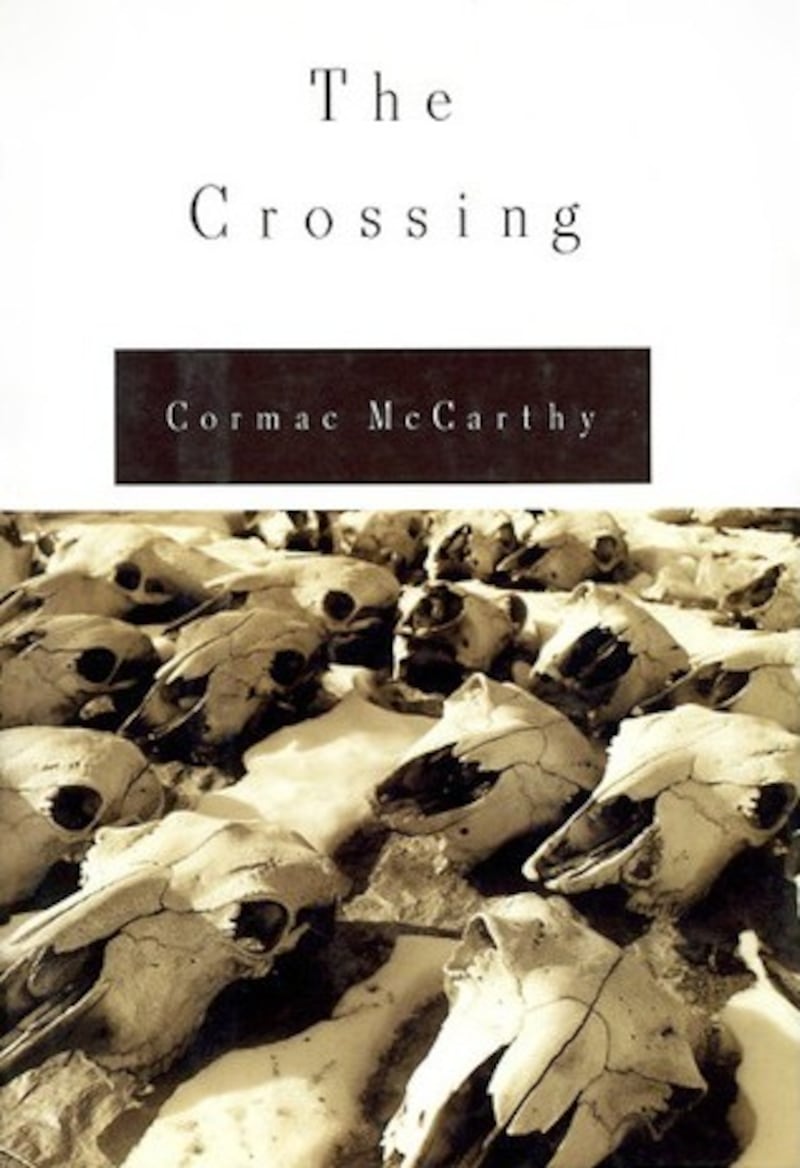
18. The Crossing (1994) by Cormac McCarthy
It took the apocalyptic violence and furious skies of Blood Meridian or the Evening Redness in the West (1985), his fifth novel, to alert the world to McCarthy, a writer with a vision if none of Twain’s humour. Blood Meridian is dauntingly operatic yet, sentence for sentence,
McCarthy’s most compelling work to date is The Crossing, the second volume in the Border Trilogy. In it, two young boys, Billy and Boyd, take on the majestic dangers of the American West and a landscape populated by dangerous men and beasts. The description of an encounter with a wolf is one of the most formidable passages in American literature.

19. The Virgin Suicides (1993) by Jeffrey Eugenides
The five Lisbon sisters are not happy. Lusted after the local boys, each of the girls decides her fate and leaves a legacy of sorrow behind them but also curiosity and wonder.
It is told through the collective voices of a chorus of local boys who are now men yet remain marked by the strange sequence of events that all happened some 20 years earlier.
20. As I Lay Dying (1930) by William Faulkner
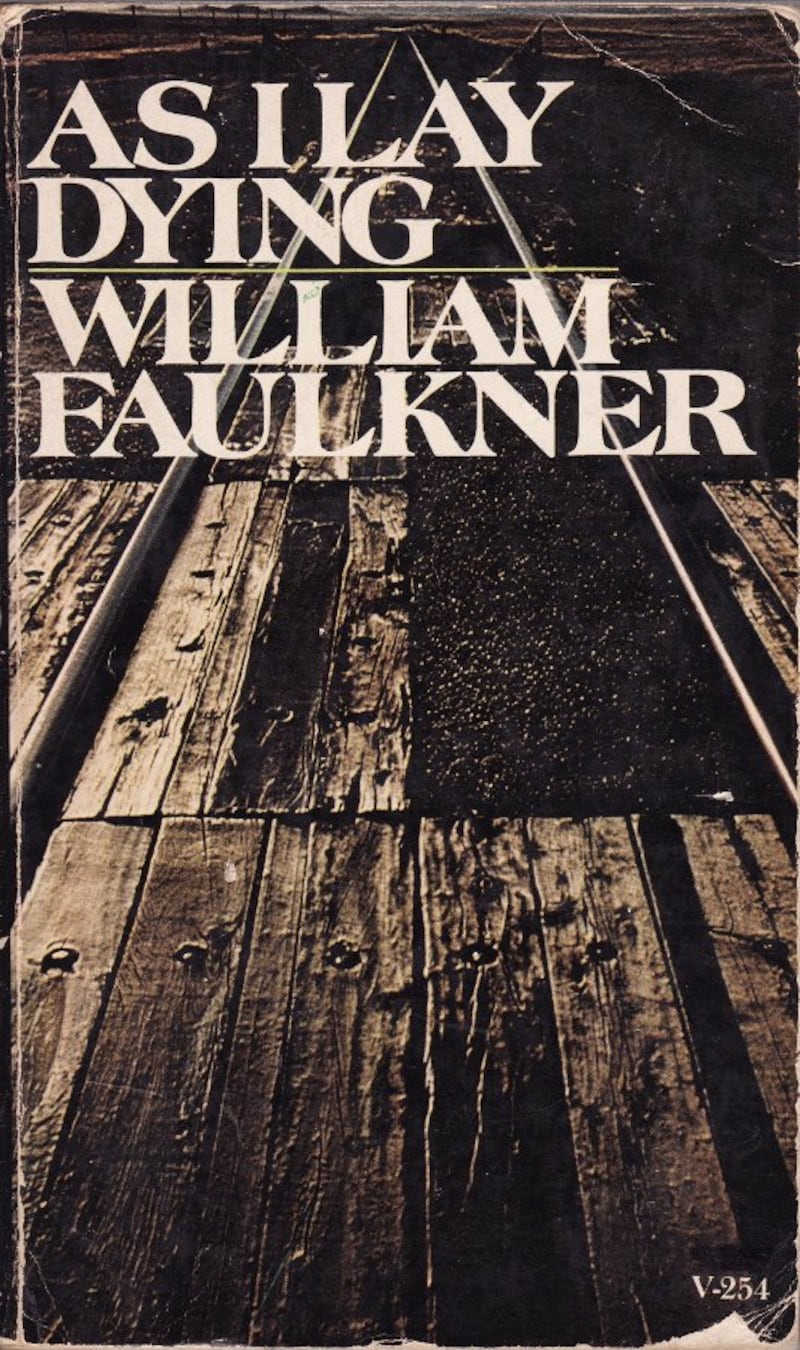
Addie Bundren waits for death and listens as her first-born son makes her coffin. After her death the family begins an odyssey, the transporting of her body to Jefferson for burial.
Inspired by Homer’s epic, the narrative unfolds through 59 vivid speeches. It is both human comedy and human tragedy, the great Faulkner seldom wrote prose that was more beautiful or more carefully balanced with lyric images and rich vernacular speech.
21. Catch-22 (1961) by Joseph Heller
Based on Heller’s experiences in the second World War during which he flew 60 missions as a bomber, Catch-22 gave a phrase to the English language and nails the petty mindlessness of bureaucrats everywhere. It is hilarious.

It has been called the anti-war novel to end all wars. But wars continue and Heller’s Something Happened (1974), about a marriage break-up, is probably his best book, his most felt and certainly approaches the poignancy of Richard Yates’s Revolutionary Road (1961).
All in all, another contender for the most powerful anti-war novel by an American could well be Richard Bausch’s superbly poised novella, Peace (2008), which draws on his father’s experiences in Italy in the closing stages of the war and may have also influenced French writer Hubert Mingarelli’s A Meal in Winter.
Eileen Battersby is the Literary Correspondent of The Irish Times

















